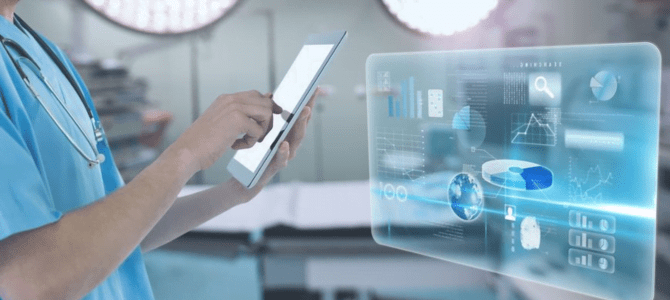Medical software development plays a crucial role in revolutionizing healthcare, driving innovations, and ultimately saving lives. By integrating technology into medical devices and systems, it enables healthcare providers to deliver better patient care, improve diagnostics, and enhance treatment outcomes. In this article, we will explore the main stages of medical software development and the significant impact it has on the healthcare industry.
The importance of medical software development cannot be overstated. With the increasing complexity of medical data, the need for accuracy, efficiency, and seamless integration of information has become paramount. Medical software plays a crucial role in enhancing diagnostics, personalizing treatment plans, and enabling remote patient monitoring, revolutionizing patient care and outcomes. Moreover, it streamlines healthcare workflows, enabling healthcare providers to focus more on delivering compassionate care to their patients. With the ability to handle vast amounts of medical data, researchers can now analyze trends, identify patterns, and discover new insights that were previously challenging or even impossible to achieve.

- Enhancing Diagnostics: Advanced medical software aids in precise and swift diagnosis, leading to early detection of illnesses and more effective treatments.
- Personalized Medicine: Medical software allows for personalized treatment plans, considering individual patient data and medical history.
- Remote Patient Monitoring: It enables healthcare professionals to remotely monitor patients, ensuring timely interventions and reducing hospital readmissions.
- Streamlining Healthcare Workflow: Medical software streamlines administrative tasks, improving the overall efficiency of healthcare facilities.
- Research and Data Analysis: It facilitates comprehensive data analysis, helping researchers and medical practitioners identify trends and make informed decisions.
MAIN STAGES OF MEDICAL SOFTWARE DEVELOPMENT

The journey of medical software development encompasses several key stages that collectively contribute to creating robust and effective solutions. Starting with product discovery and software development planning, each stage builds upon the previous one, culminating in the delivery of a sophisticated medical software application. The stages include software architecture design, UI/UX design, product development, quality assurance, and ongoing maintenance. These stages not only ensure the seamless functioning of the software but also adhere to medical device software development standards, ensuring compliance and reliability.
Product Discovery & Software Development Planning
The initial stage involves understanding the project’s goals, target users, and technical requirements. A well-defined software development plan is crucial to ensure the project’s success.
Software Architecture Design
In this stage, the software’s high-level structure is designed, outlining its components, functionalities, and data flow. A robust architecture lays the foundation for a reliable and scalable medical software application.
Through interactive applications and patient portals, individuals can access their medical records, lab results, and treatment plans, fostering a sense of empowerment and involvement in their healthcare journey.
UI/UX Design
User interface (UI) and user experience (UX) design focus on creating a visually appealing and user-friendly software interface. Intuitive design enhances user adoption and ensures smooth interaction with the medical application.
Product Development
The actual coding and development of the medical software take place during this stage. Developers follow industry best practices, medical device software development standards, and regulatory guidelines to build a secure and compliant product.
Quality Assurance
Thorough testing and quality assurance are vital to identify and fix any issues or bugs in the software. Rigorous testing ensures the software’s accuracy, reliability, and adherence to medical standards.
Maintenance
Once the medical software is deployed, ongoing maintenance and updates are necessary to keep it functional, secure, and up-to-date with the latest medical advancements.
As technology continues to shape the future of healthcare, medical software development stands at the forefront of this transformation. Empowering healthcare professionals and patients alike, it brings forth an era of unparalleled efficiency, accuracy, and patient care. Insoftex’s commitment to excellence and its specialized knowledge in medical software development make it the ideal partner for revolutionizing healthcare through technology. Experience the future of healthcare today!







